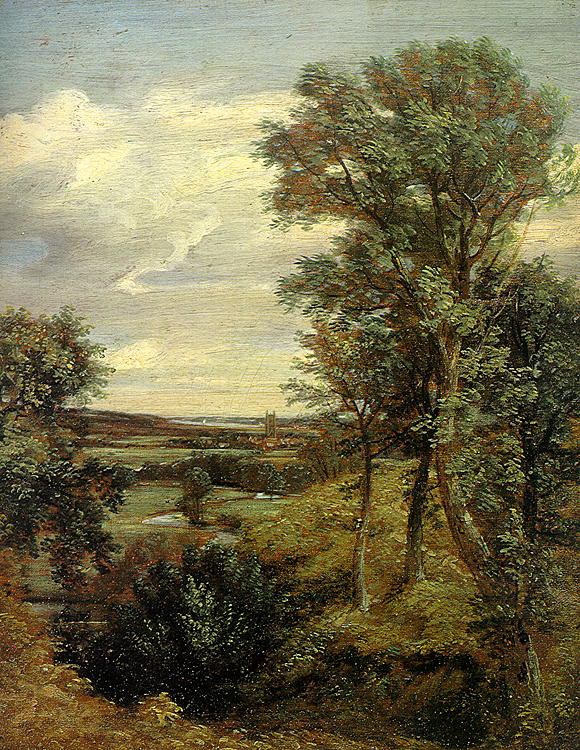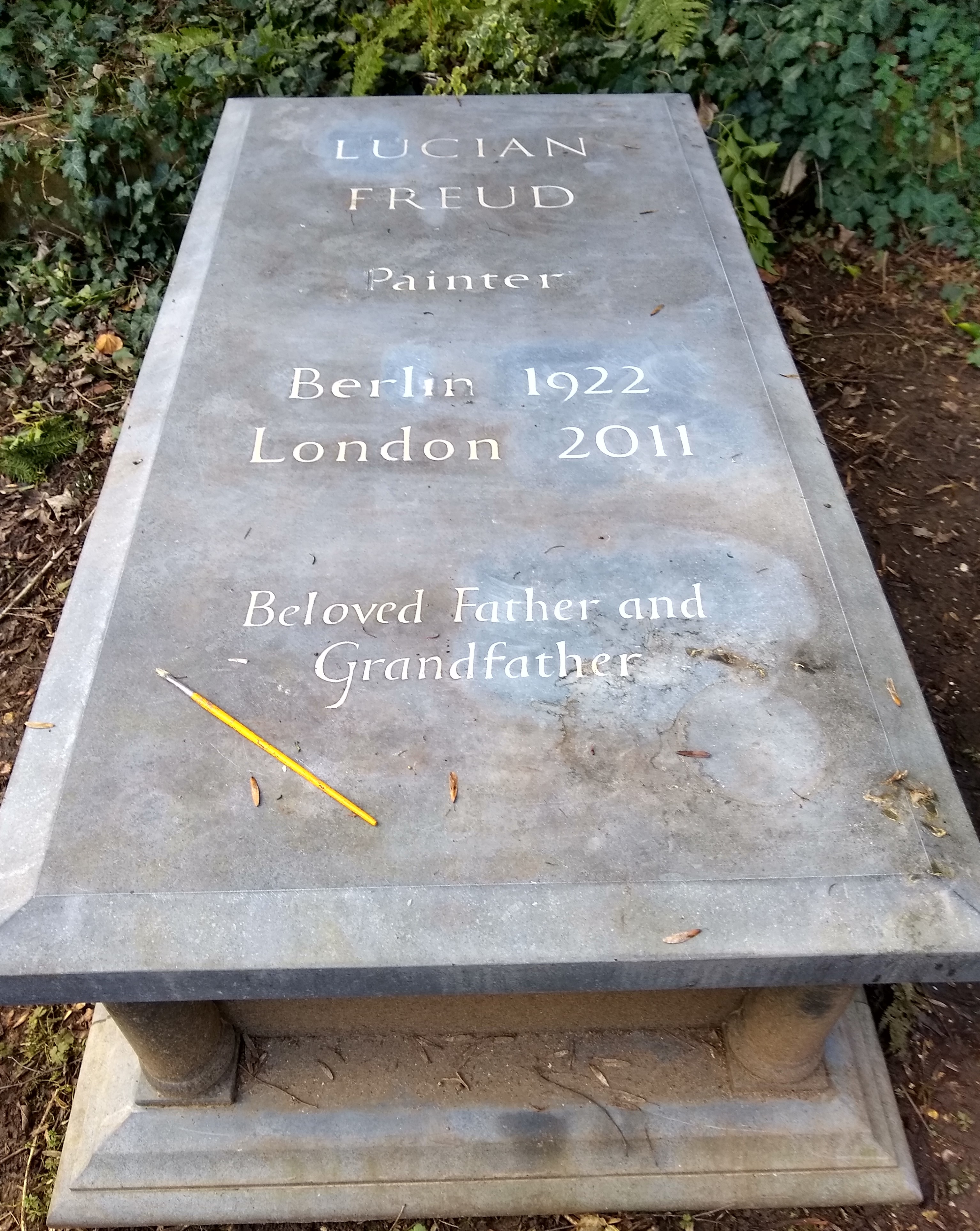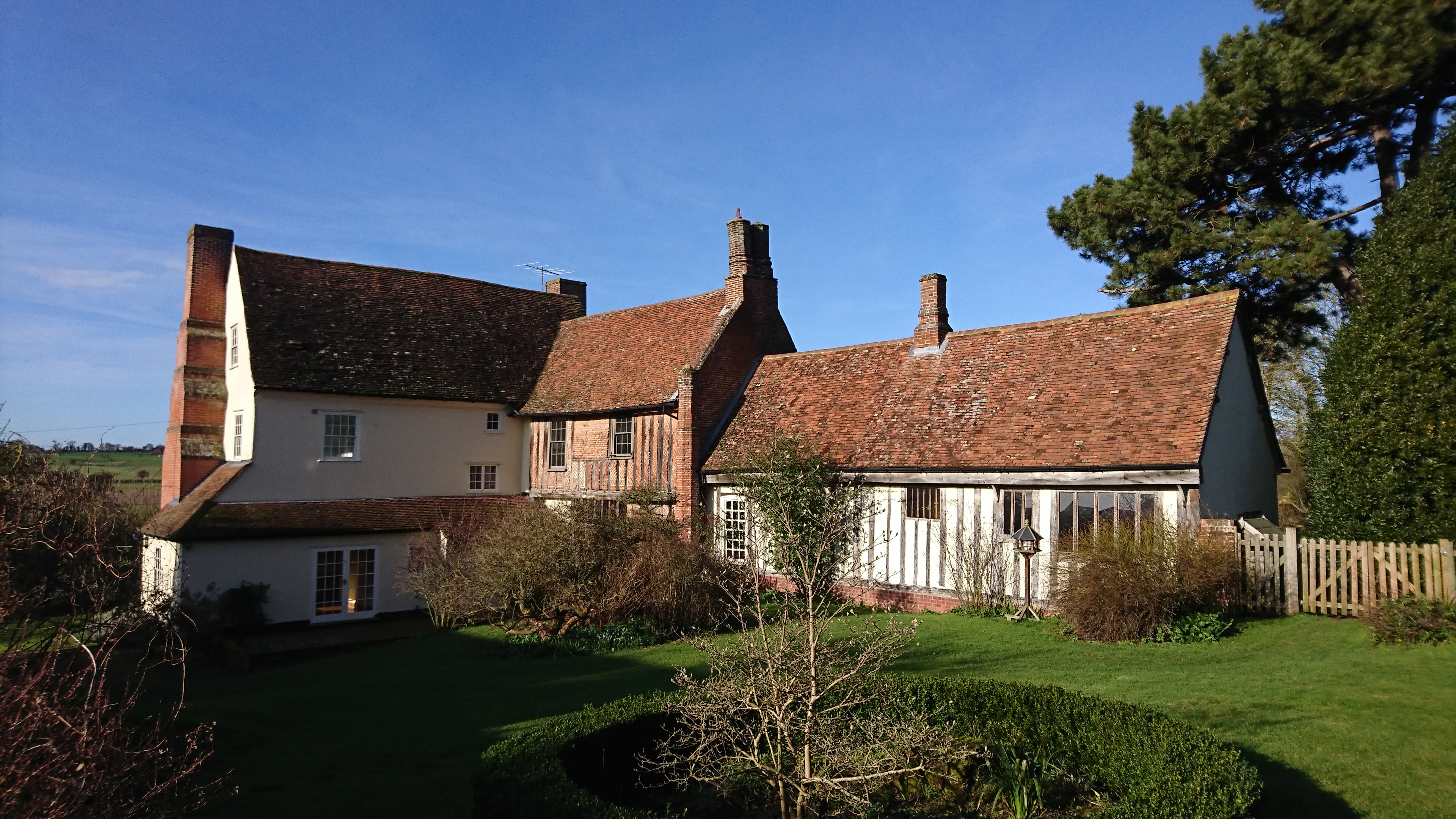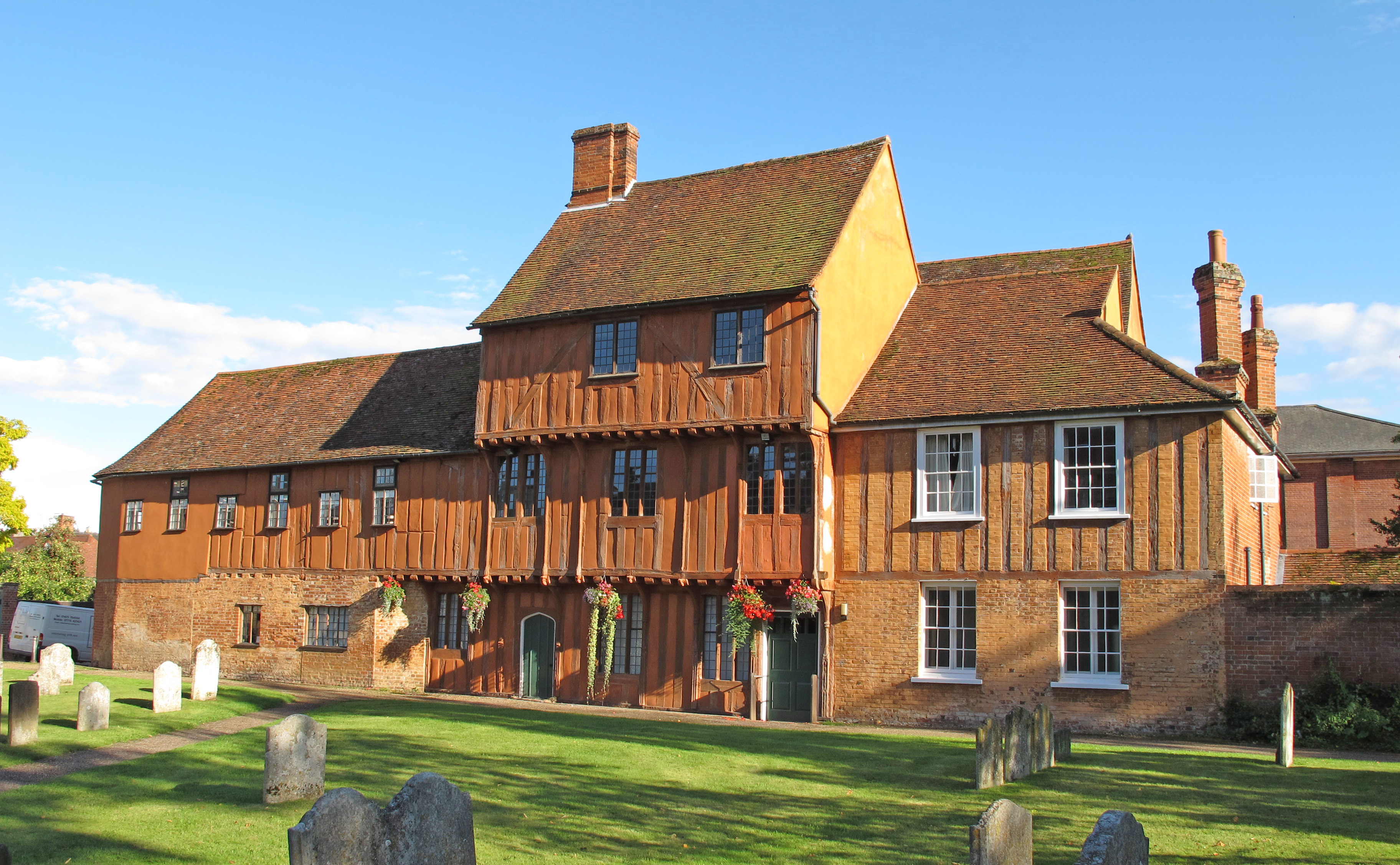|
East Anglian School Of Painting And Drawing
The East Anglian School of Painting and Drawing was an art learning environment established by Cedric Morris and Arthur Lett-Haines in East Anglia in 1937. It was run on very idiosyncratic lines based upon the ''"free rein"'' approach that was then current in French academies. It had a great influence on many Suffolk artists and made an important contribution to art teaching in the east of England for forty years. Foundation The school was founded by Morris and Lett-Haines on 12 April 1937 in an old house in the centre of Dedham, Essex. In addition to the proprietors, there was a third teacher Ian Brinkworth a secretary, model and one student when it opened. By December 1937 there were 60 students and the school held its first exhibition. The school was described in a prospectus as ''"an oasis of decency for artists outside the system"''. Lett-Haines taught theory, whereas Morris taught by encouragement and example. Lucian Freud was among the earliest students joining at the age o ... [...More Info...] [...Related Items...] OR: [Wikipedia] [Google] [Baidu] |
Cedric Morris
Sir Cedric Lockwood Morris, 9th Baronet (11 December 1889 – 8 February 1982) was a British artist, art teacher and plantsman. He was born in Swansea in South Wales, but worked mainly in East Anglia. As an artist he is best known for his portraits, flower paintings and landscapes. Early life Cedric Lockwood Morris was born on 11 December 1889 in Sketty, Swansea, the son of George Lockwood Morris, industrialist and iron founder, and Wales rugby international, and his wife Wilhelmina (née Cory, see Cory baronets). He had two sisters – Muriel, who died in her teens, and Nancy (born in 1893). His mother had studied painting and was an accomplished needlewoman; on his father's side he was descended from Sir John Morris, 1st Baronet, whose sister Margaret married Noel Desenfans and helped him and his friend, Francis Bourgeois, to build up the collection now housed in the Dulwich Picture Gallery. Cedric was sent away to be educated, at St Cyprian's School, Eastbourne, and Chart ... [...More Info...] [...Related Items...] OR: [Wikipedia] [Google] [Baidu] |
Arthur Lett-Haines
Arthur Lett-Haines (1894 – 25 February 1978Deaths, ''The Times'', 2 March 1978), known as Lett Haines, was a British painter and sculptor who experimented in many different media, though he generally characterised himself as "an English surrealist". He was part of a London artistic circle, which included D. H. Lawrence, the Sitwells and Wyndham Lewis, but for most of his life lived with the painter and gardener Cedric Morris in Cornwall, Paris and finally Suffolk. Biography Arthur Lett was born 2 November 1894, at 9 Walterton Road, Paddington, London, the son of Charles Lett and Frances Laura Esme Lett (who afterwards married S. Sidney Haines). He was educated at St Paul's School, London. In 1911, initially intending to enter farming, he was a 16-year-old pupil on the farm of Henry Charles Frank at Poslingford Hall, Clare, Suffolk. In the First World War he served in the British Army. In 1916 Lett-Haines married (as his second wife; he had been left a widower whilst still ... [...More Info...] [...Related Items...] OR: [Wikipedia] [Google] [Baidu] |
Suffolk
Suffolk () is a ceremonial county of England in East Anglia. It borders Norfolk to the north, Cambridgeshire to the west and Essex to the south; the North Sea lies to the east. The county town is Ipswich; other important towns include Lowestoft, Bury St Edmunds, Newmarket, and Felixstowe which has one of the largest container ports in Europe. The county is low-lying but can be quite hilly, especially towards the west. It is also known for its extensive farming and has largely arable land with the wetlands of the Broads in the north. The Suffolk Coast & Heaths and Dedham Vale are both nationally designated Areas of Outstanding Natural Beauty. History Administration The Anglo-Saxon settlement of Suffolk, and East Anglia generally, occurred on a large scale, possibly following a period of depopulation by the previous inhabitants, the Romanised descendants of the Iceni. By the fifth century, they had established control of the region. The Anglo-Saxon inhabitants later b ... [...More Info...] [...Related Items...] OR: [Wikipedia] [Google] [Baidu] |
Dedham, Essex
Dedham is a village within the borough of Colchester in northeast Essex, England, on the River Stour and the border of Essex and Suffolk. The nearest town to Dedham is the small market town of Manningtree. Governance Dedham is part of the electoral ward called Dedham and Langham. The population of this ward at the 2011 Census was 2,943. Geography Dedham is frequently rated as containing some of England's most beautiful Lowland landscape, most particularly the water meadows of the River Stour, which passes along the northern boundary of the village forming the boundary between Essex and Suffolk. Dedham has a central nuclear settlement around the Church and the junction of Mill Lane and the High Street (part of the B1029). Connected to Dedham are the hamlets of The Heath and Lamb Corner. The village forms a key part of the Dedham Vale. History Early documents record the name as Diddsham, presumably for a family known as Did or Didd. Dedham Classis In 1582–1587, a schism ... [...More Info...] [...Related Items...] OR: [Wikipedia] [Google] [Baidu] |
Essex
Essex () is a county in the East of England. One of the home counties, it borders Suffolk and Cambridgeshire to the north, the North Sea to the east, Hertfordshire to the west, Kent across the estuary of the River Thames to the south, and Greater London to the south and south-west. There are three cities in Essex: Southend, Colchester and Chelmsford, in order of population. For the purposes of government statistics, Essex is placed in the East of England region. There are four definitions of the extent of Essex, the widest being the ancient county. Next, the largest is the former postal county, followed by the ceremonial county, with the smallest being the administrative county—the area administered by the County Council, which excludes the two unitary authorities of Thurrock and Southend-on-Sea. The ceremonial county occupies the eastern part of what was, during the Early Middle Ages, the Anglo-Saxon Kingdom of Essex. As well as rural areas and urban areas, it forms ... [...More Info...] [...Related Items...] OR: [Wikipedia] [Google] [Baidu] |
Lucian Freud
Lucian Michael Freud (; 8 December 1922 – 20 July 2011) was a British painter and draughtsman, specialising in figurative art, and is known as one of the foremost 20th-century English portraitists. He was born in Berlin, the son of Jewish architect Ernst L. Freud and the grandson of Sigmund Freud. Freud got his first name "Lucian" from his mother in memory of the ancient writer Lucian of Samosata. His family moved to England in 1933, when he was 10 years old, to escape the rise of Nazism. He became a British naturalized citizen in 1939. From 1942 to 1943 he attended Goldsmiths College, London. He served at sea with the British Merchant Navy during the Second World War. His early career as a painter was influenced by surrealism, but by the early 1950s his often stark and alienated paintings tended towards realism. Freud was an intensely private and guarded man, and his paintings, completed over a 60-year career, are mostly of friends and family. They are generally sombre ... [...More Info...] [...Related Items...] OR: [Wikipedia] [Google] [Baidu] |
Alfred Munnings
Sir Alfred James Munnings, (8 October 1878 – 17 July 1959) was known as one of England's finest painters of horses, and as an outspoken critic of Modernism. Engaged by Lord Beaverbrook's Canadian War Memorials Fund, he earned several prestigious commissions after the Great War that made him wealthy. Between 1912 and 1914 he was a member of the Newlyn School of artists. His work was part of the art competitions at the 1928 Summer Olympics, the 1932 Summer Olympics, and the 1948 Summer Olympics. Munnings was president of the Royal Academy of Arts from 1944 until his death. Biography Alfred Munnings was born on 8 October 1878 at Mendham Mill, Mendham, Suffolk, across the River Waveney from Harleston in Norfolk to Christian parents. His father was the miller and Alfred grew up surrounded by the activity of a busy working mill with horses and horse-drawn carts arriving daily. After leaving Framlingham College at the age of fourteen he was apprenticed to a Norwich printe ... [...More Info...] [...Related Items...] OR: [Wikipedia] [Google] [Baidu] |
Benton End
Benton End is a Grade II* listed sixteenth-century house located on the outskirts of the market town of Hadleigh in Suffolk, England. From 1939 to 1982 it was home to the artist Cedric Morris, who ran the East Anglian School of Painting and Drawing in the house, and in the garden grew a significant botanical collection. Building Benton End is thought to have been built in the 1520s. The first documented inhabitant was Robert Rolfe, a cloth merchant and "chief inhabitant" of Hadleigh. Although later alterations have seen the house partly plastered and bay windows added, the original late-medieval timber structure with brick nogging remains intact and visible in parts of the house, including the current main entrance. The Architect responsible for the interior features is thought to be Sir Peter Cheyney. Notable owners and residents *Parliamentarian John Bourchier inherited Benton End in 1627 after marrying into the Rolfe family. *Botanist Adam Buddle may have grown up in the ... [...More Info...] [...Related Items...] OR: [Wikipedia] [Google] [Baidu] |
Hadleigh, Suffolk
Hadleigh () is an ancient market town and civil parish in South Suffolk, East Anglia, situated, next to the River Brett, between the larger towns of Sudbury and Ipswich. It had a population of 8,253 at the 2011 census. The headquarters of Babergh District Council were located in the town until 2017. Origin of the name Skeat, in his 1913 ''The Place-Names of Suffolk'', says this: Spelt ''Hadlega'', R.B.; ''Hadleigh'', Ipm.; ''Hædleage'', in a late chapter, Thorpe, Diplomat, 527; ''Headlega'', Annals of St Neot, quoted in Plummer's ed. of the A.S.Chronicle, ii. 102; ''Hetlega'', D.B., p.184. In D.B. the ''t'' stands for ''th''; and the true A.S. form appears in a Worcs. charter, dated 849, as ''hæðleage''(gen.) with reference to Headley Heath (a tautological name) in Birch, C.S. ii. 40; see Duignan, Placenames of Worcs. The sense is 'heath-lea.' In a similar way the A.S. ð has become t in Hatfield (Herts.) which means 'heath-field'. History Guthrum, King of the Dan ... [...More Info...] [...Related Items...] OR: [Wikipedia] [Google] [Baidu] |
Ronald Blythe
Ronald George Blythe (born 6 November 1922)"Dr Ronald Blythe" ''''. Retrieved 6 November 2012. is an English writer, essayist and editor, best known for his work ''Akenfield'' (1969), an account of agricultural life in from the to the 1960s. He wrote a long-running and considerably praised weekly column in the '' |
Maggi Hambling
Margaret ("Maggi") J. Hambling (born 23 October 1945) is a British artist. Though principally a painter her best-known public works are the sculptures ''A Conversation with Oscar Wilde'' and '' A Sculpture for Mary Wollstonecraft'' in London, and the 4-metre-high steel ''Scallop'' on Aldeburgh beach. All three works have attracted controversy. Early life and education Maggi Hambling was born in Sudbury, Suffolk to Barclays bank cashier and local politician Harry Smyth Leonard Hambling (1902-1998) and Marjorie (née Harris: 1907-1988). She had two siblings, a sister, Ann, who was 11 years older, and a brother, Roger, nine years older than Hambling. Her brother had wanted a younger brother but ignored the fact that his new sibling was female and taught her carpentry and "how to wring a chicken's neck." Hambling was close to her mother who taught ballroom dancing and took Hambling along to be her partner. It was from her father that she inherited her artistic skills. She was not a ... [...More Info...] [...Related Items...] OR: [Wikipedia] [Google] [Baidu] |
Bettina Shaw-Lawrence
Bettina Shaw-Lawrence (29 July 1921 – 12 September 2018), also known as Betty Shaw-Lawrence, was an English figurative artist. Shaw studied painting and drawing under Fernand Léger, Cedric Morris and Arthur Lett-Haines, though she was mainly self-taught and worked professionally until the early 1980s. Biography Shaw-Lawrence was born in London in July 1921. Her work is figurative and expresses itself mainly through oil paintings. Her other favourite mediums are black and white or coloured ink drawings. She is also a book illustrator, "widely known as a portrait painter", and a sculptor. Her works are represented in private collections but recently her pen and ink drawing of the poet David Gascoyne has been acquired by the National Portrait Gallery in London. From 1946 onwards, the artist had several solo and group exhibitions in galleries of contemporary Art in London, Rome and New York. The artist attended, before the outbreak of the Second World War, drawing classes under ... [...More Info...] [...Related Items...] OR: [Wikipedia] [Google] [Baidu] |





